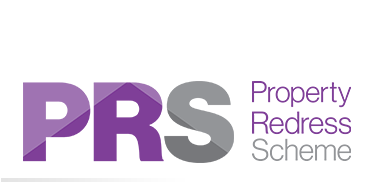Search hundreds of thousands of houses and flats for sale across the UK.
We're Sorry
The content you were trying to view does not exist. This could be the result of either a mistyped address or an out-of-date link.
You can return to our homepage or use the navigation to continue browsing our website.

We are a consumer redress scheme, authorised by the Government since 2014, to provide an impartial service that considers consumer complaints about a variety of property related issues.
Search for property with the UK's leading resource. Browse houses and flats for sale and to rent, and find estate agents in your area.